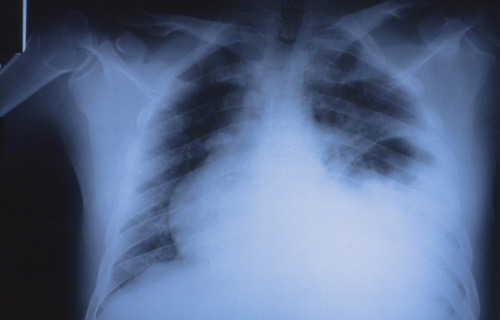Pain relief is important for two reasons: it’s the humane thing to do for someone who is suffering, and just as importantly, it assists in the physiologic response to trauma. There are several papers that have shown that prehospital providers may not use pain medications as much as they should. Why would this be?
Researchers at Yale released a paper describing a number of interviews with prehospital providers to get the answers to this question. They did individual and group interviews with five EMS agencies in the states of New Hampshire, Massachusetts and Connecticut. Eight individual and 2 group interviews were conducted, with a total of 15 paramedics in the study.
The results were very interesting and several themes emerged:
- There was a reluctance to give opioids unless objective signs were present (deformity, hypertension)
- There was a preoccupation that patients might be malingering
- Paramedics were not clear on what the pain control target should be (complete relief vs “taking the edge off”)
- Fear of masking symptoms with pain medicine
- Reluctance to use large doses (e.g. using no more than 5mg morphine)
Bottom line: This study is very small, which is a problem. But it also used face to face interviews, so a lot of information was obtained. It’s hard to say if this work is representative of other agencies or countries, but it is thought provoking. My take is this: trauma hurts like hell. Patients really do need the medication. And they are not going to get addicted from a few doses while enroute to the hospital. Whether the cause of their injury was truly accidental or the result of poor choices, it’s not our place to judge because we don’t know the full story. Give pain medication and be generous. You’re not going to make the symptoms go away. But do use judgment to make sure they keep breathing all the way to the emergency department.
I’m very interested in EMS comments about this study. Please comment or tweet!
Reference: Paramedic attitudes regarding prehospital analgesia. Prehospital emergency care; Online ahead of print, Sep 2012.



